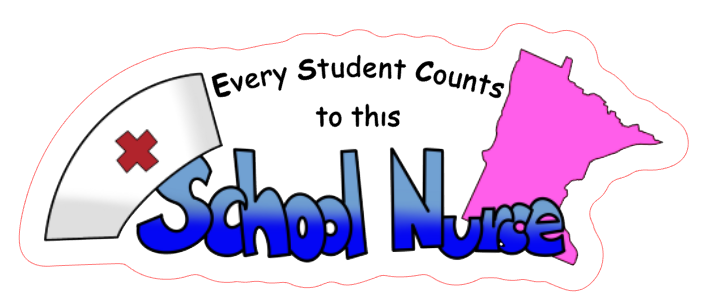School nurses understand the value of the work we do, but many others do not. Current MN laws and infrastructure make it very difficult to tell the story of school health services and the benefits to student health. Culminating in 2023, a group of individuals from the Minnesota Department of Health, the Minnesota Department of Education, SNOM, and Dakota County Public Health worked on a strategic plan for collecting and reporting information related to student health and school health services. The strategic plan calls for a phased approach. Phase One starts with current capacity and what can be implemented immediately. Phase Two expands on what could be implemented with increased capacity, resource and support for Minnesota-specific measures.
Mission
The State of Minnesota has policy, infrastructure, and systems, to collect, analyze, and report on the health status of students, their health needs, and the school health services to meet those needs.
Vision
There is meaningful information available about student health and school health services to inform decision making at all levels to improve health and educational equity so that all Minnesota students thrive.
SNOM is encouraging all Minnesota schools and school districts to participate in NASN’s Every Student Counts! with a few limited data points in 2025-2026. By aligning with NASN’s effort, we can take advantage of their clear definitions for each data point.
During the 2023-2024 school year, we asked schools and districts to enter information directly into NASN’s data platform. Feedback about that experience prompted us to try a different reporting method for the current school year. This year, we are asking all districts (including charter schools and non-public schools) to submit data directly to SNOM using a Google Form. The data coordinators will check the data and circle back with districts if needed to clarify data points. Data coordinators will aggregate the data submitted and will enter the data into the NASN data platform. We hope this will make data submission easier for participants, reduce technical barriers, and increase the integrity of the data submitted.
These are the data points for the 2025-2026 school year.
1. School district name, ID number (only the numerals), the county the school is in, EHR used in the district (if any), type of schools served (please submit separate responses for public, private/parochial, and charter schools), and most prevalent model of practice in your district.
2. Health staff positions by hours per week
3. Number of students with Type 1 Diabetes, Type 2 Diabetes, Asthma, Seizure disorder, and Life-threatening allergies (please include a count of all students known to have those conditions in your district, and a count of those with a confirmed diagnosis if you are able to track that)
The purpose of using data sets is for ALL school nurses to collect data in the same way - so there is uniformity, and information can be compared. Following the definitions of each data set is CRITICAL for this to be successful. The data set does not include everything a school nurse does; it is a beginning point and additional data points are being considered. We are starting small and hoping to build capacity.
Every Student Counts Worksheet Here that can be printed and used to collect the 2025-2026 MN data points on paper (includes definitions on second page).
Here is an FAQ about the 2025-2026 Minnesota data points.
More information about Every Student Counts! is available on the NASN website here. Please note that MN is not participating in all of the NASN data points at this time as we build capacity. This website page includes a “Frequently Asked Questions” document that may be helpful. Since Minnesota is not collecting all of the data points that are included in the full Every Student Counts! survey, not everything in the FAQ will be relevant.
How to get started:
1. Review the information on the FAQs and worksheets above and on the NASN Every Student Counts! website.
2. As appropriate, talk to your district leadership about your interest in participating. Get the OK for submitting your district’s data to SNOM to be aggregated with all other schools.
3. Contact one of the MN Data Coordinators to get support as needed.
4. Collect your data and submit to SNOM via the Google Form. The goal is to enter your data before your 2026 spring break.

Every Student Counts 24-25 Data Brief for Minnesota:
MN Data Coordinators:
· Emily Mjelleli at emjelleli@cannonvalleyspecialed.org
· Heather Hedin at health.school.health@state.mn.us